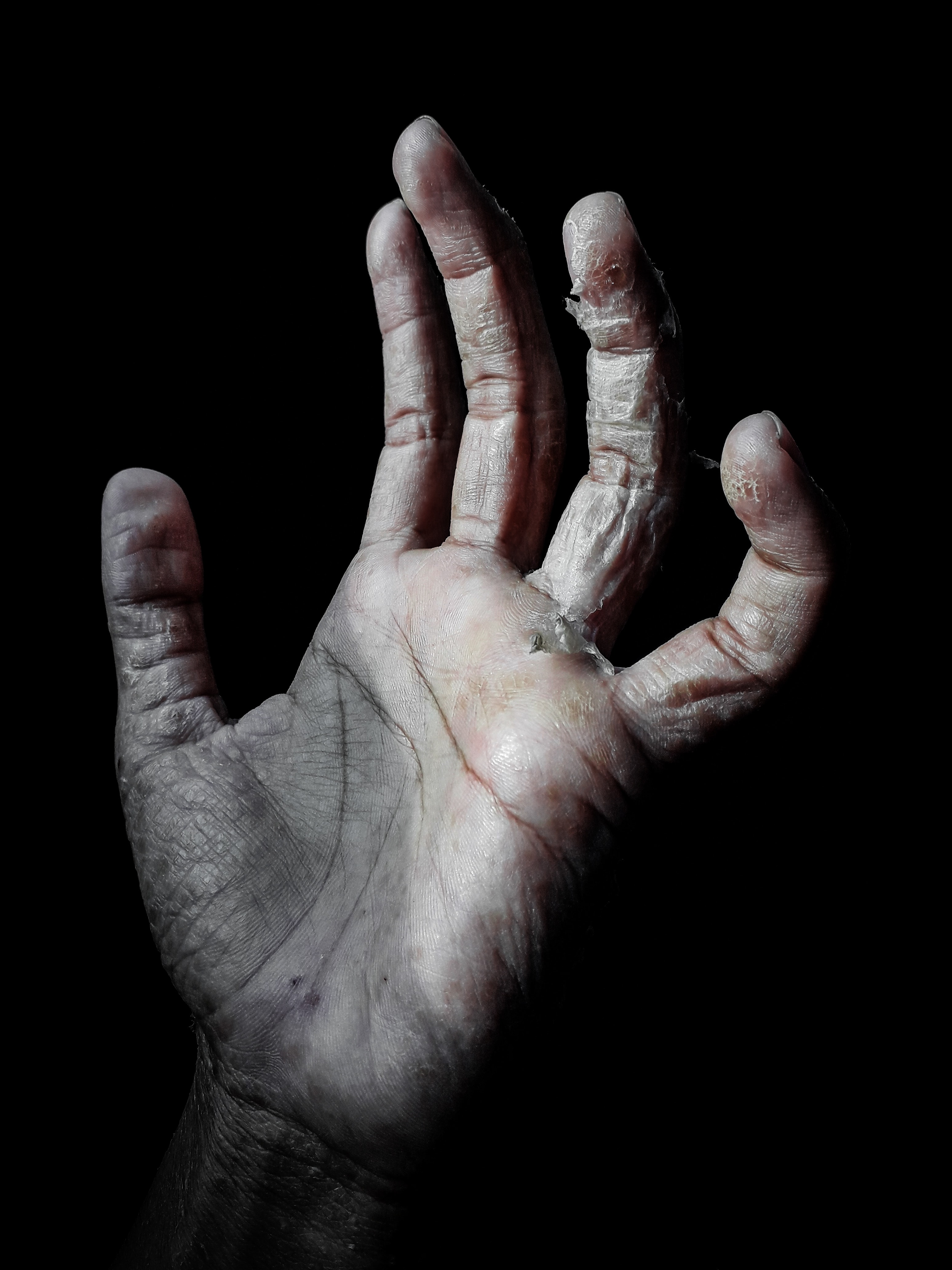Contact dermatitis

Contact dermatitis is a term used to decribe and acute and chronic inflammatory response to substances that come in contact with the skin. There are two type of reaction under this category, irritant contact dermatitis and allergic contact dermatitis.
Irritant contact dermatitis is usually caused by chemical irritant which can happen acutely within minutes or delayed reaction after 8 to 24 hours of exposure. Irritant contact dermatitis is the most common form of occupational skin disease, accounting for up to 80% of occupational skin disorders.
Among common chemical irritants are abrasives cleaning agents use in housekeeping, acids and alkalis, industrial solvents, plants, fiberglass, desiccant powders, dust, salt and excessive exposure of water. It can cause immediate symptom such as burning, itching, stinging and in severe cases blister formation and necrosis after exposure. Its usually confined to the limited to the site of contact with the irritant.
Most causes are caused by chronic irritant contact dermatitis results from repeated cumulative exposure that cause damage to the cell membrane leading to disruption of skin barrier and inflammatory reaction. The skin over affected area may develop smilar acute reaction but then overtime become dry and chapping, redness, scaling, fissuring and thickened ('lichenification') with repeated exposure. Hands are the most commonly affected area. Treatment are usually with removal of the irritant agents, oral and potent steroid may be indictaed with adequate emollient. Healing take place usually within 2 weeks of removal of irritant agents and in chronic case 6 weeks or longer.
Allergic contact dermatitis is caused by an exposure to allergens (substances than can cause allergic reaction) that ellicits delayed hypersensitivity reaction. It accounts for only 7% of occupational skin disorder and are more commonly in individual from various exposure to jewellery (nickel), personal skin care products and cosmetics, topical medications such as antibiotic, plant and home remedies. Exposure to a strong allergen can cause strong reaction and weak allergen may take months to develop hypersensitivity reaction. The longer the allergens are in contact with the skin, the worse the reaction area. Symptom that commonly occur are redness, formation of small bump (papules), blister, erosions and scaling. The reaction may initially confirned to the area skin in contact with allergen but can later spread beyond. Treatment are usually with identification using skin patch and removal of the etiologic agents and topical steroid. In severe or airborne case, oral steroid may be required.
Individual with history of atopy such as atopic dermatitis or eczema has higher risk of developing contact dermatitis. It is important to wear protective clothing and gear when handling potential irritant agents at work. Purchase household products that labelled 'hypoallergenic' and non- scented. Stop using products that you might think cause the reaction and talk to your doctor about it.



